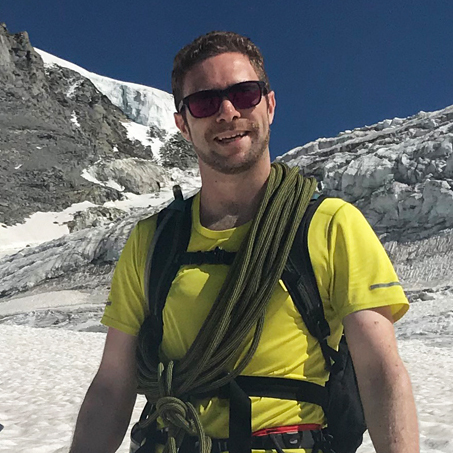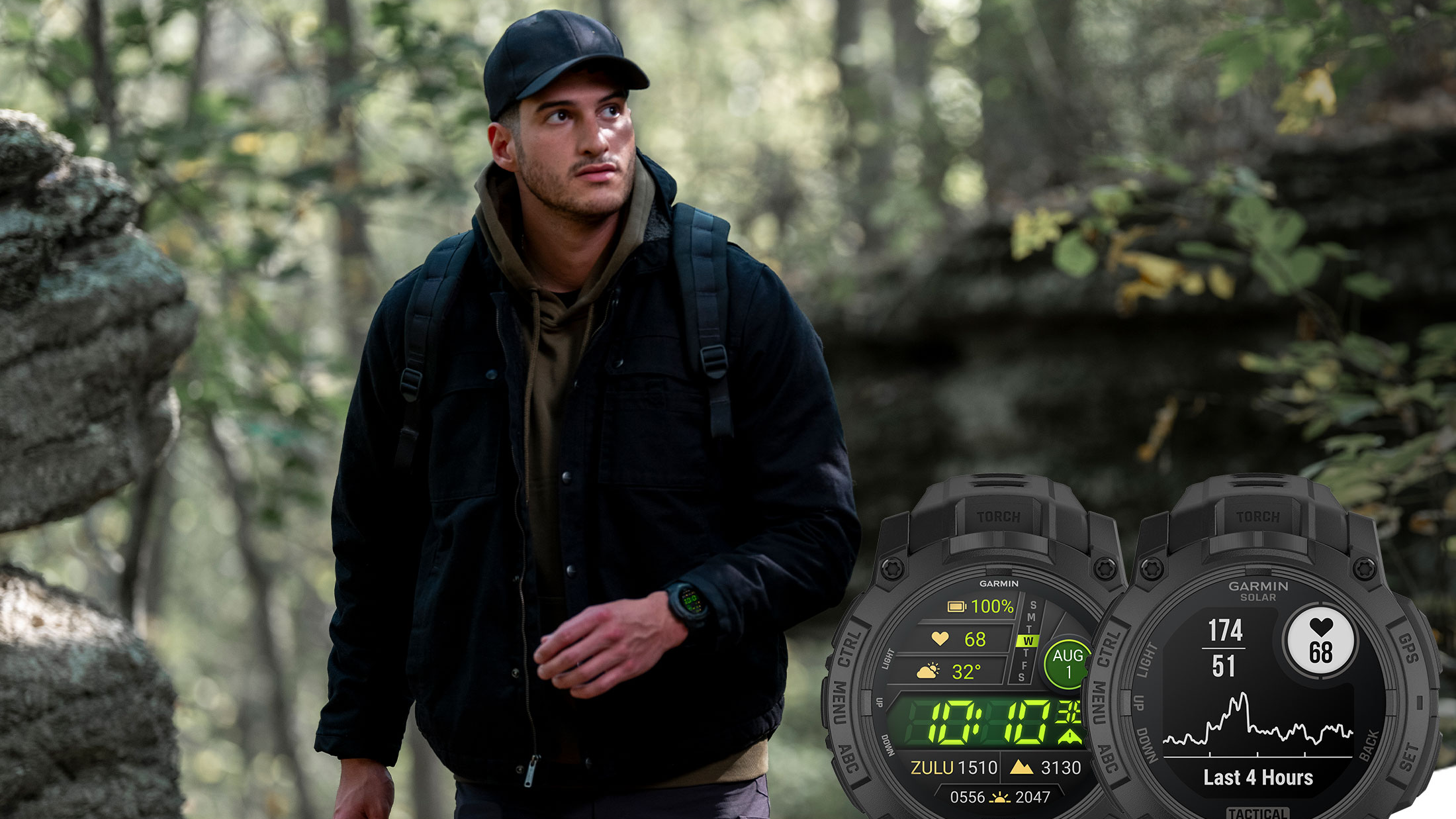What’s better, hiking alone or with other people?
We ponder the age old question, considering the pros and cons of each and reaching a verdict – well, a personal one at least...
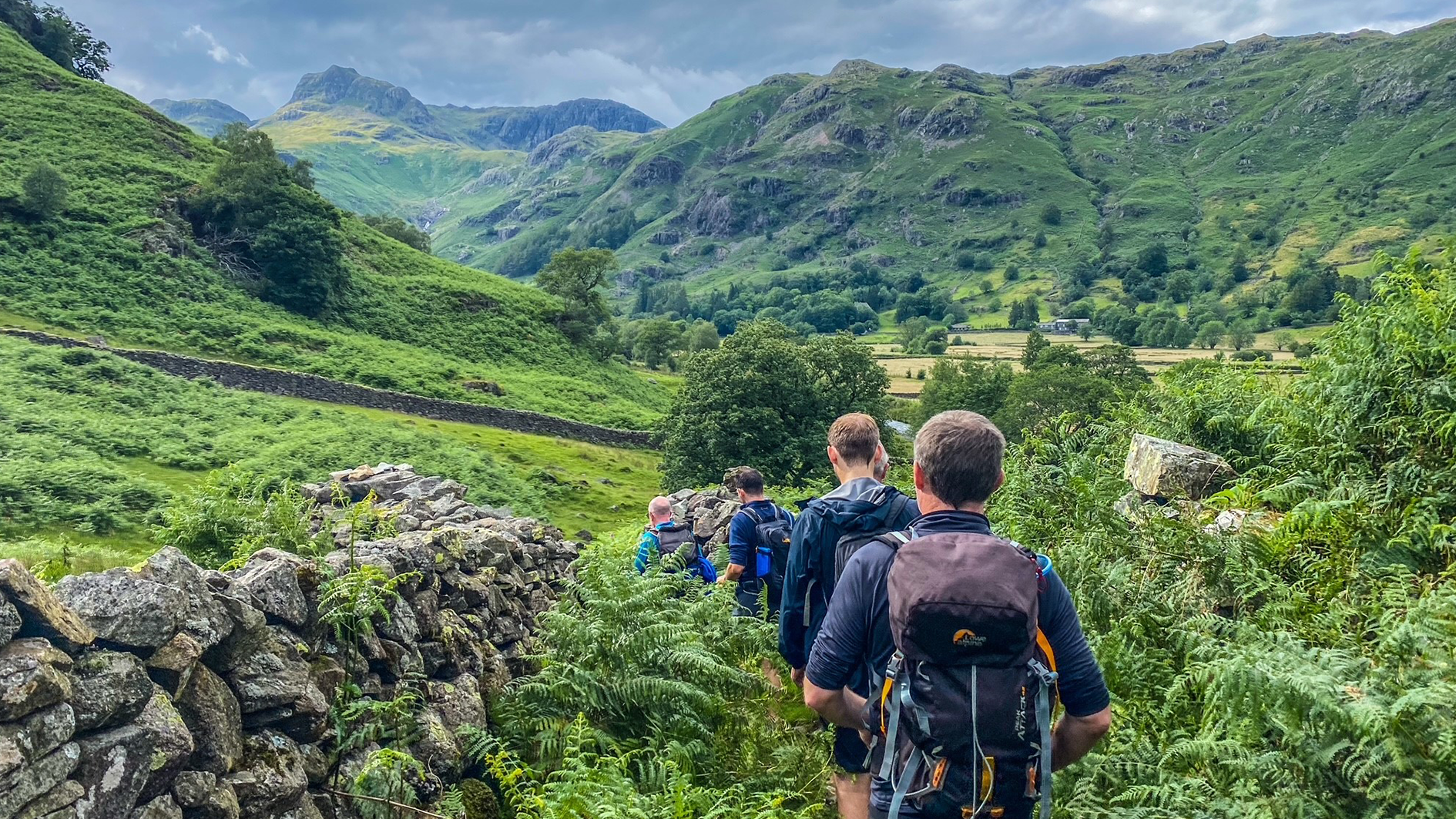
What’s better, hiking alone or with other people? “Depends how many bears are involved,” is one quip. Perhaps it depends on what kind of person you are. Hiking solo is a markedly different experience to hitting the trails with companions. Hike the same route twice – once with people and then again on your lonesome – and the experience will feel very different.
Alone, you’ll have a heady sense of freedom and you’ll undoubtedly notice the intricacies of the landscape and its wildlife in a deeper way. However, the only conversation you'll have is with your own internal thoughts, the topics of which verge from the sublime to the ridiculous depending on how long you're out there.
Some of the most revered outdoors people were notorious for the way in which they sought solitude in the backcountry. Characters like the “father of the National Parks” John Muir to legendary guidebook writer Alfred Wainwright were clearly enamored with hitting the trails alone.
However, an adventure with friends and family can be a hugely enriching experience too. Shared experiences in the great outdoors forge lasting bonds and there’s nothing like having space to converse and laugh as you wander through the backcountry. You'll remember your triumphs forever and your lowest lows will become the subject of much hilarious banter in the years to come.
So, what's better, hiking alone or with other people? We consider the pros and cons of each, before arriving at some form of verdict. Let’s get into it.
Is hiking alone better?
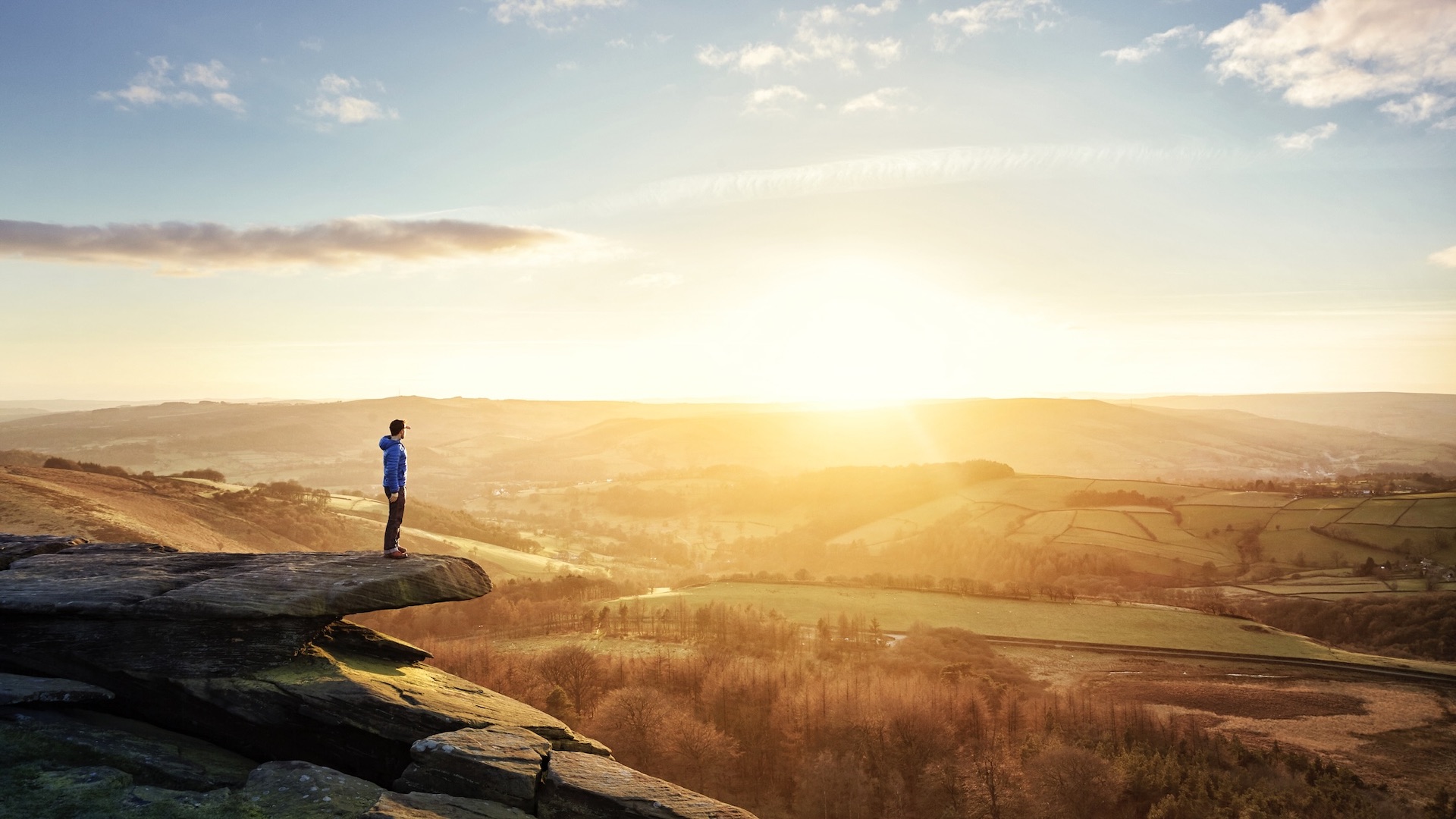
It’s the intimacy between hiker and landscape that’s so profound when hiking alone. This, coupled with the sense of freedom that hiking alone provides, arguably makes hiking alone better than hiking with others.
For starters, the mind is free, with no need to synergize conversation on the go or consider the progress of the wider group. There are no worries about whether or not you’ll keep up with your companions or whether the less fit members of your party might struggle to stay with you. You can meet the crux of the route on your terms, rather than fretting about whether your less experienced friends will be up to it or secretly stressing about how you’ll cope in front of the more seasoned hikers.
Advnture Newsletter
All the latest inspiration, tips and guides to help you plan your next Advnture!
When hiking alone, you’re the master of your own destiny, free to take on what you will and alter your objectives with a moment’s notice. No one hurries you and no one holds you back. It’s just you and the trail, and whatever natural majesty surrounds it. It’s the ultimate escape. Sometimes daunting. Always exciting.

The satisfaction of the successful traverse, the peak attained, the route completed, is more vivid when adventuring alone. The kind of self-sufficiency required is immensely rewarding and builds confidence for future exploits, whether it’s a summit day hike or a months-long thru-hike. You’ll be forced to make important decisions and navigate your way through the backcountry without the help of others.
Liberated from the cares of considering companions, your mind will wander. This is when we do our best – and weirdest – thinking, where our finest ideas are born. The scale of the mountains, the grandeur of the coast, the vastness of the forest – these places give us a sense of perspective, helping us to reset priorities and find clarity. It’s no wonder wellness and yoga retreats are often found in the high places. Hiking alone is undoubtedly the most mindful way to explore.
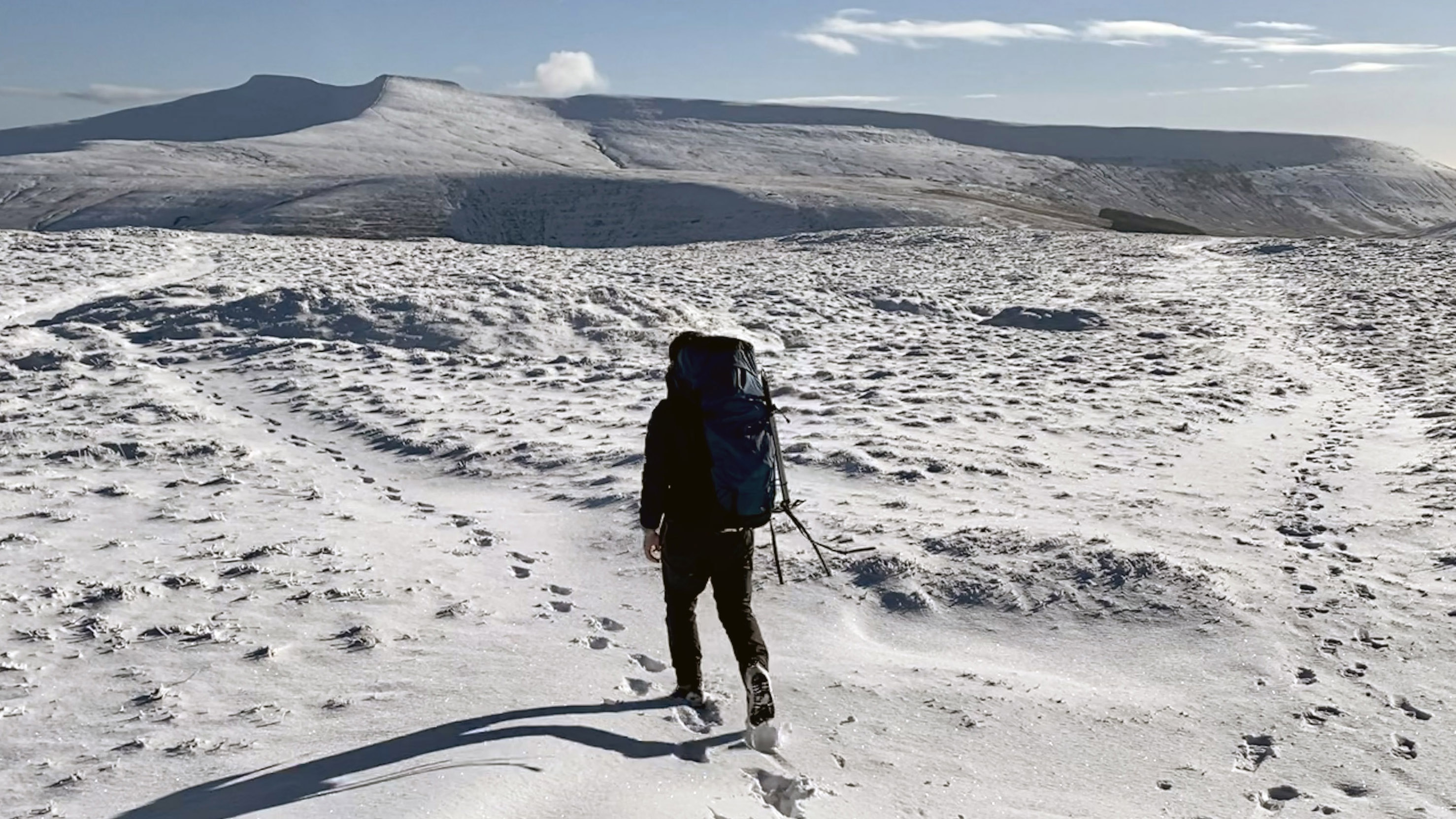
When hiking alone, you’ll consider the environment in much greater depth, noticing the little things you’d otherwise miss. Whether it’s marvelling at the geological processes that forged the landscape, stopping to admire rare alpine flora, or pulling the binoculars out to watch birds riding the thermals, there’s nothing to distract you from all of this when you’re on your own.
Animal sightings are more likely when you’re on your own, as you won’t be noisily conversing about the Oilers game or the United match, alerting every creature within a mile’s radius of your presence. This has something of a flip side when it comes to bear safety – official guidance is to always hike with others in bear country.
Meet the expert
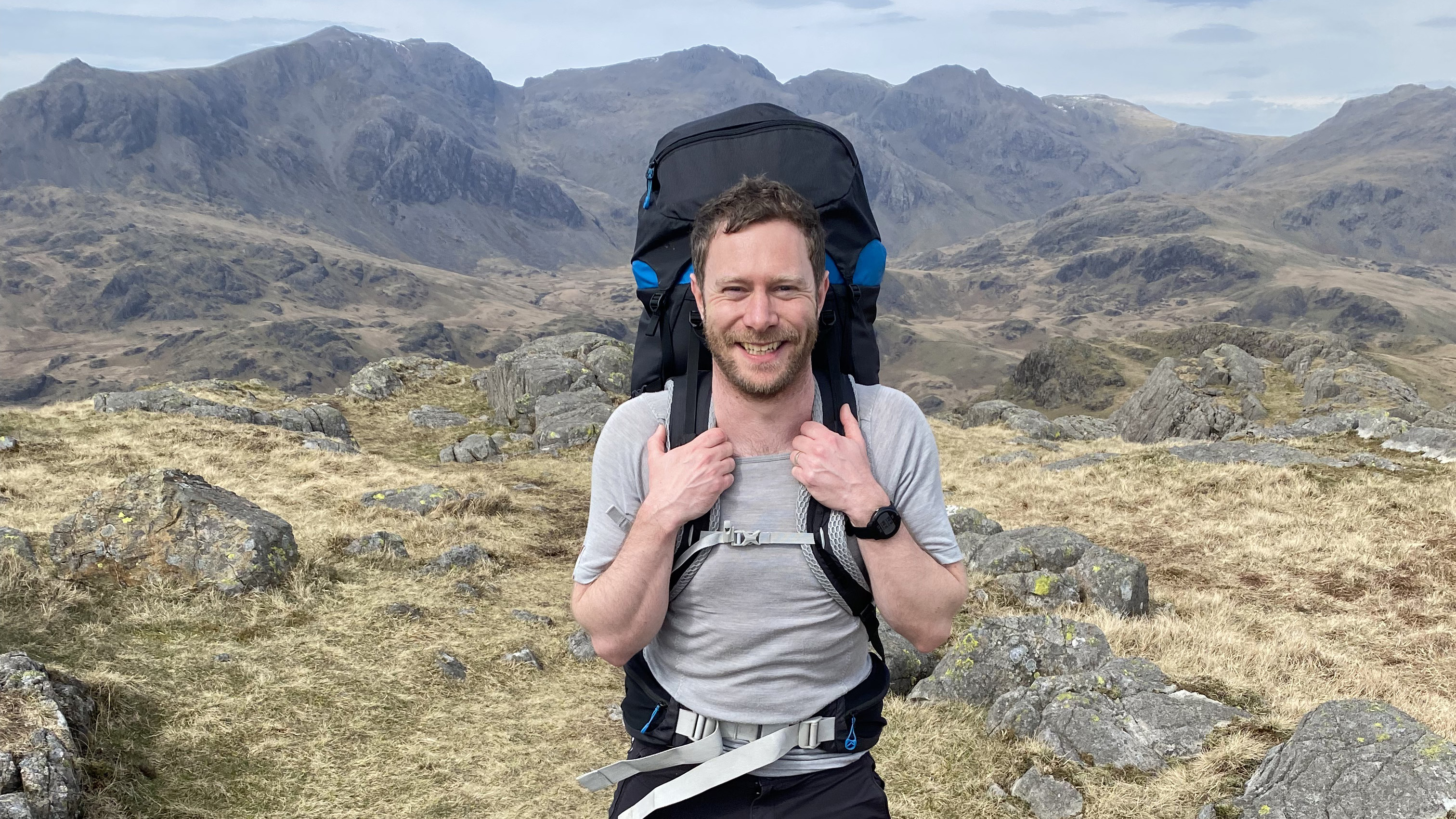
Alex is a qualified Mountain Leader, an avid hiker and someone who enjoys both his own company and that of others in the mountains. However, he’s been known to push his friends and family hard in the hills in the pursuit of his ambitious objectives – though he’s admittedly mellowing with age, like a fine wine.
Or is hiking with others better?
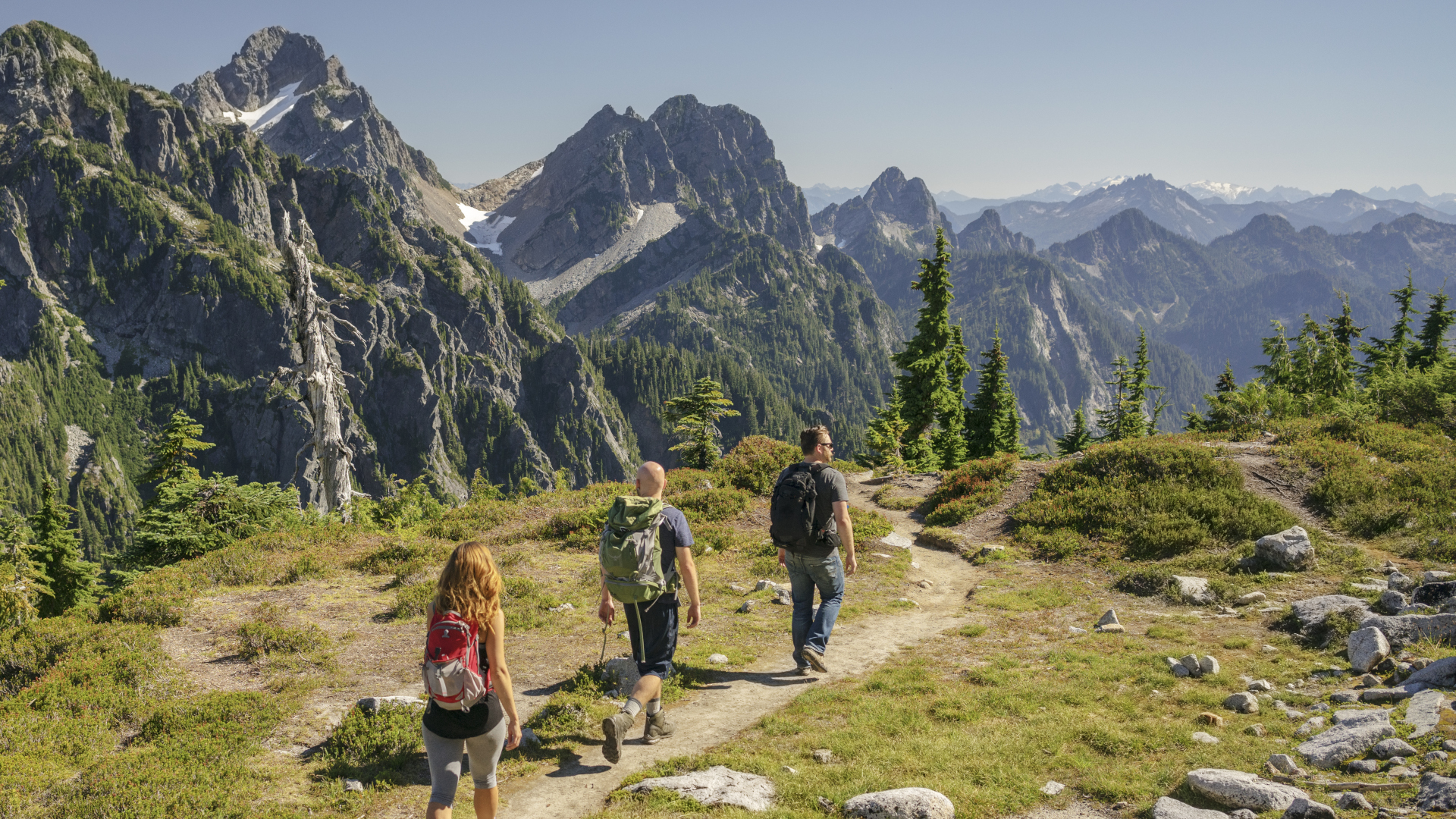
Any sense of elation when hiking alone is relatively quickly internalized. Remembered, yes, but rarely shared. You’ll tell others of that encounter with an eagle, of that summit cloud-inversion, of that thrilling knife-edged ridge, of the time you fought off a mountain lion with nothing but your Lekis, of the time you climbed the Eiger Nordwand with only one crampon, but your enthusiasm probably won’t be mirrored in the eyes of your audience. How could it be? Words alone do not reveal the spectacle of our wild places and the feelings that these special moment conjur.
However, when these moments occur in the company of others, the sense of shared joy is palpable, your connection with your companion is strengthened forever. Living through remarkable or challenging moments with your partner, friends, children, or even people you’ve just met on the trail, forms indefinable bonds and the memories seem to burn all the brighter. The cliché goes that adventures are best shared – and in this case the cliché may be true.
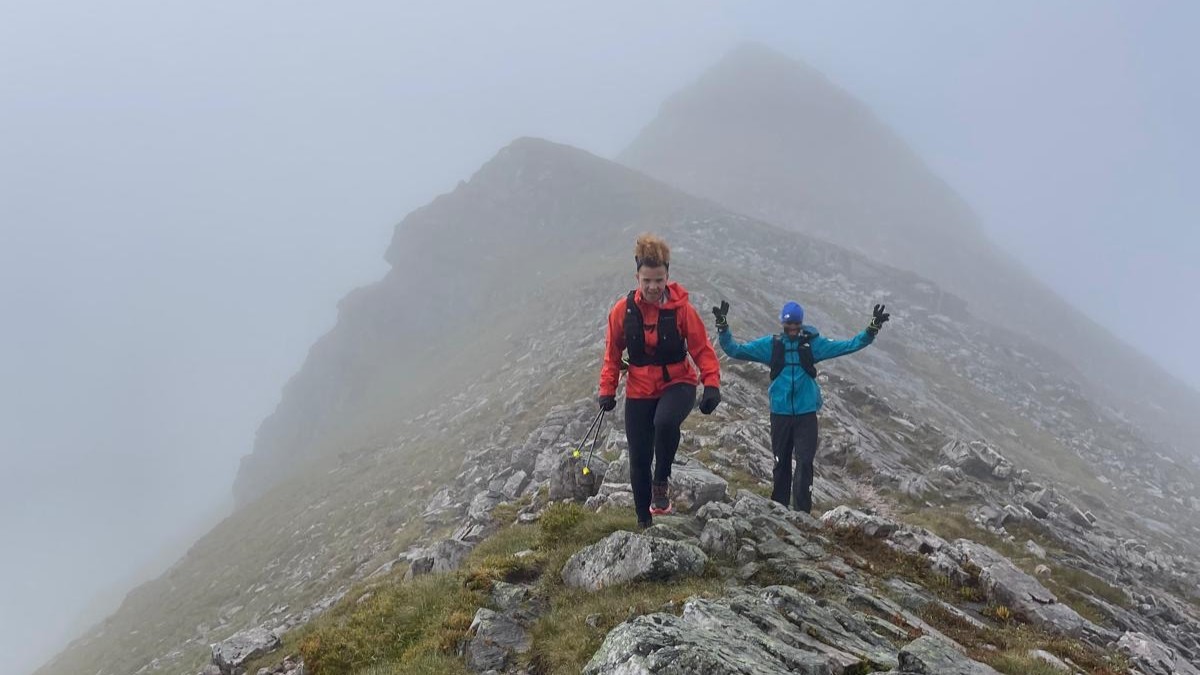
I’ve mentioned that one of the joys of solo hiking was the way your mind is free to wander. However, as anyone who’s ever taken on a long-distance trek on their own will know, too much time in one’s own head can be quite a psychological challenge. This is particularly true when the going gets tough and you’ve got no one else to share the burden with or provide you with a timely boost. When you’re on your own, you have to be your own cheerleader, even in moments where you’re feeling pretty cheerless.
Sharing the trails means conversation and many of the best conversations happen in the backcountry. There’s no doubt that this is good for our mental health, allowing us to voice whatever may be on our mind, or simply laugh with an old friend. Plus, if you’re hiking with someone with more experience (of the trails or just of life in general), you’ll undoubtedly learn new tricks of the trade and novel perspectives.

For many, it’s reassuring to wander with others, safe in the knowledge that if something were to happen, someone else has their back. A hike with company is obviously the safer approach, though this doesn’t necessarily make it better, as it’s arguably that little bit less thrilling when you pull it off. Sure, my mum would probably prefer I always hiked with others, but it doesn't mean I'm always going to.
The verdict
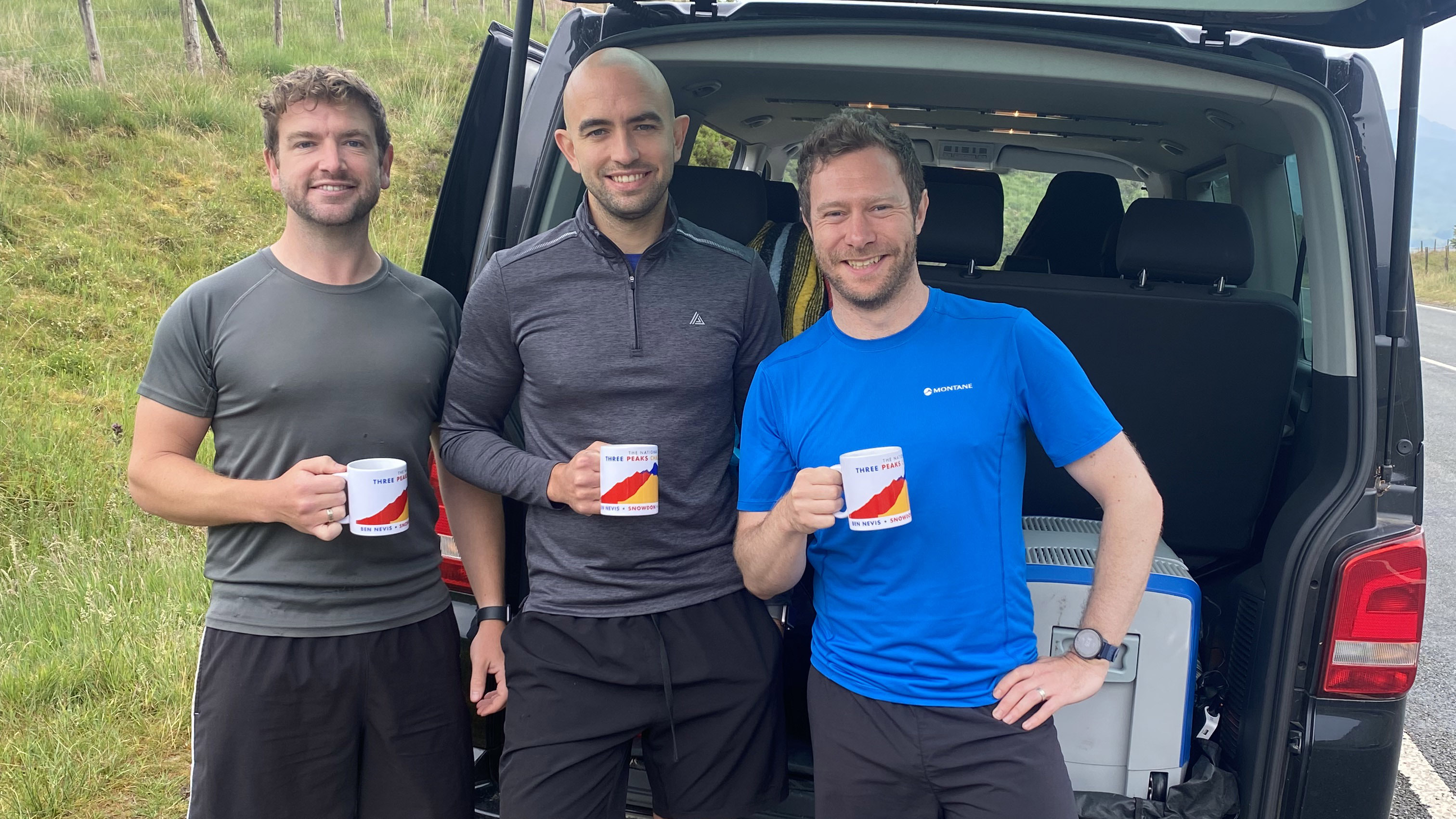
As hiking alone is so different to hiking with others, it’s impossible to say definitively that one is better than the other. Individually, they're fantastic in their own right and there’s certainly a place for both.
I'd say that if you’ve never been hiking alone, you should try it. It’s rewarding, confidence building and immensely liberating. But it’s also hard to knock the comradeship of hiking with others, nor the bonds forged through shared experiences. If I was pushed to choose one, I’d probably choose hiking with others, as these are the adventures I remember most fondly.
I’ve summarized some of the main pros and cons into a handy little table below. You're welcome.
| Header Cell - Column 0 | Pros | Cons |
|---|---|---|
Hiking solo | Sense of freedom. Intimacy with landscape. More chance of encountering wildlife. Space to think. No concerns about others. You can go at your own pace. Builds skills and confidence. | No safety back-up. Navigational burden is on you alone. Potentially lonely after a while. |
Hiking with others | Bonds forged through shared experience. Someone else to keep your spirits up. The chance to converse and have a laugh. You'll learn things from your companions. A safer way to explore the backcountry | Pace may be slower. Less chance of wildlife encounters. Less flexibility to alter plans. |
Of course, you should be well aware that hiking solo is more dangerous than hiking with a buddy or a group. This is particularly true of bear country where official advice is not to hike alone. Away from landscapes home to grizzlies and brown bears, here are a few precautions you should always take if hitting the trails alone.
Precautions you should take when hiking solo
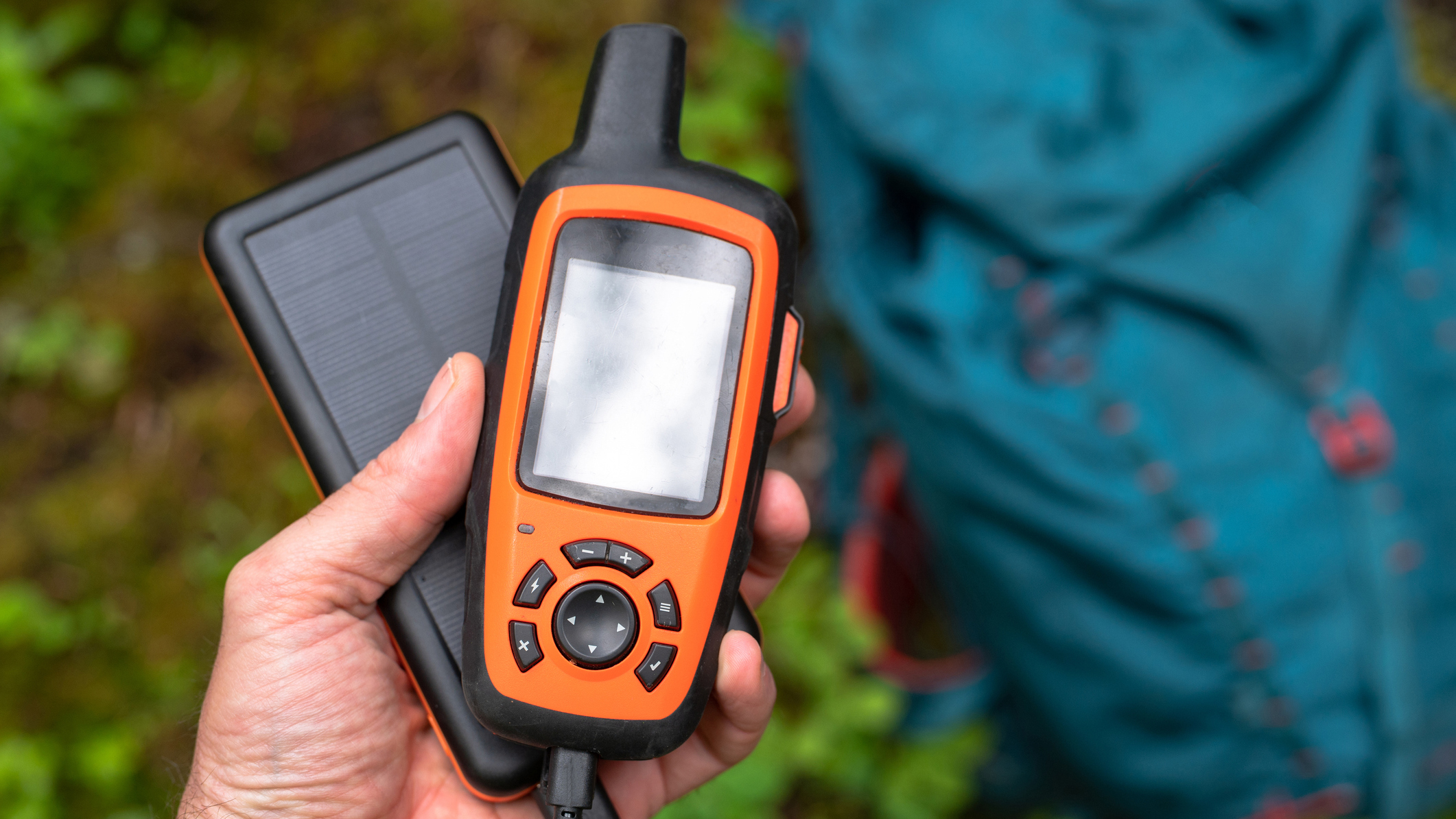
Tell someone your plans: Tell a family member or friend your planned route, when you’ll be setting off and when you expect to return.
Live tracking: Use either a GPS device or your phone to allow a family member or friend to live track you. Many navigation apps have live tracking features these days. A personal locator beacon (PLB) is immensely useful in an emergency and will send out a distress signal to help mountain rescue locate you.
Know how to navigate: Without the safety net of others to help you find your way, it’s important that you’re able to navigate in the backcountry. I recommend a blend of digital aids and traditional map and compass. Make sure you have a power bank to recharge your digital devices if necessary.
Alex is a freelance adventure writer and mountain leader with an insatiable passion for the mountains. A Cumbrian born and bred, his native English Lake District has a special place in his heart, though he is at least equally happy in North Wales, the Scottish Highlands or the European Alps. Through his hiking, mountaineering, climbing and trail running adventures, Alex aims to inspire others to get outdoors. He's the former President of the London Mountaineering Club, is training to become a winter mountain leader, looking to finally finish bagging all the Wainwright fells of the Lake District and is always keen to head to the 4,000-meter peaks of the Alps. www.alexfoxfield.com
